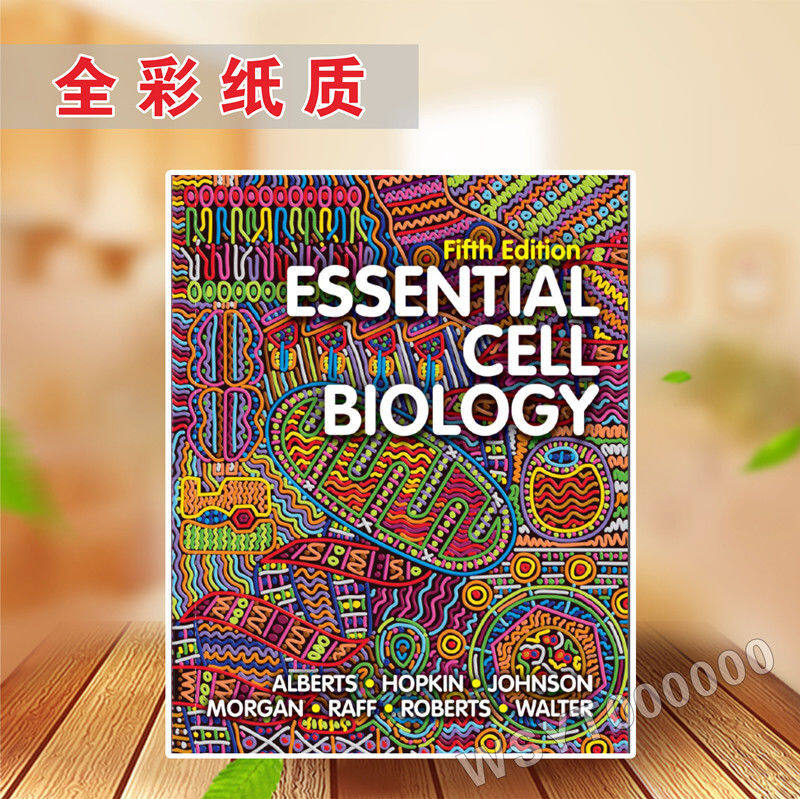


Thought and the application of newly acquired information to a broader biological context. In this edition, a new “How We Know” recounts the discoveries that first revealed how cells transform the energy locked in food molecules into the forms used to power the metabolic reactions on which life depends.Īs in previous editions, the questions in the margins and at the end of each chapter not only test comprehension but also encourage careful Packed with experimental data and design, these narratives illustrate how biologists tackle important questions and how experimental results shape future ideas. Readers interested in learning how scientific inquisitiveness can fuel break throughs in our understanding of cell biology will enjoy the stories of discovery presented in each chapter’s “How We Know” feature. How did cells arise on the early Earth, multiplying and diversifying through billions of years of evolution to fill every possible niche-from steaming vents on the ocean floor to frozen mountaintops-and, in doing so, transform our planet’s entire environment? How is it possible for billions of cells to seamlessly cooperate and form large, multicellular organisms like ourselves? These are among the many challenges that remain for the next generation of cell biologists, some of whom will begin a wonderful, lifelong journey with this textbook. Many of the most fascinating questions in cell biology remain unanswered. We are also reminded of how much we still don’t know. With each edition of Essential Cell Biology, its authors re-experience the joy of learning something new and surprising about cells. We discuss new thinking about how cells organize and encourage the chemical reactions that make life possible, and we review recent insights into human origins and genetics. The Fifth Edition introduces powerful new techniques that allow us to examine cells and their components with unprecedented precision-such as super-resolution fluorescence microsocopy and cryoelectron microscopy-as well as the latest methods for DNA sequencing and gene editing. In Essential Cell Biology we introduce readers to the fundamentals of cell biology.

Armed with such knowledge, we-as citizens and stewards of the global community-will be better equipped to make well-informed decisions about increasingly sophisticated issues, from climate change and food security to biomedical technologies and emerging epidemics. To understand ourselves-and the world of which we are a part-we need to know something of the life of cells. And the continuous activity of cells makes our planet habitable. Cells provide all the nutrients we consume. A tiny sac of molecules capable of self-replication, this marvelous structure constitutes the fun damental building block of life. Few things in the universe illustrate this observation better than the cell. Nobel Prize–winning physicist Richard Feynman once noted that nature has a far, far better imagination than our own.


 0 kommentar(er)
0 kommentar(er)
